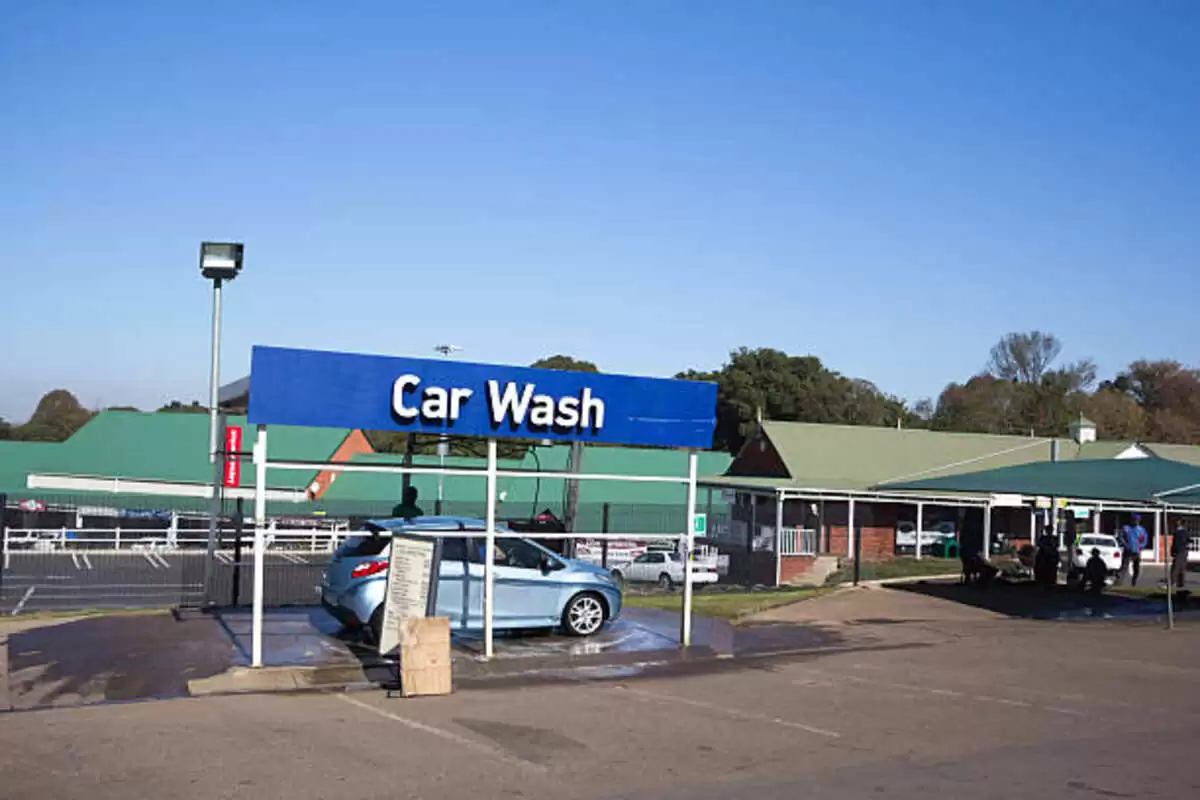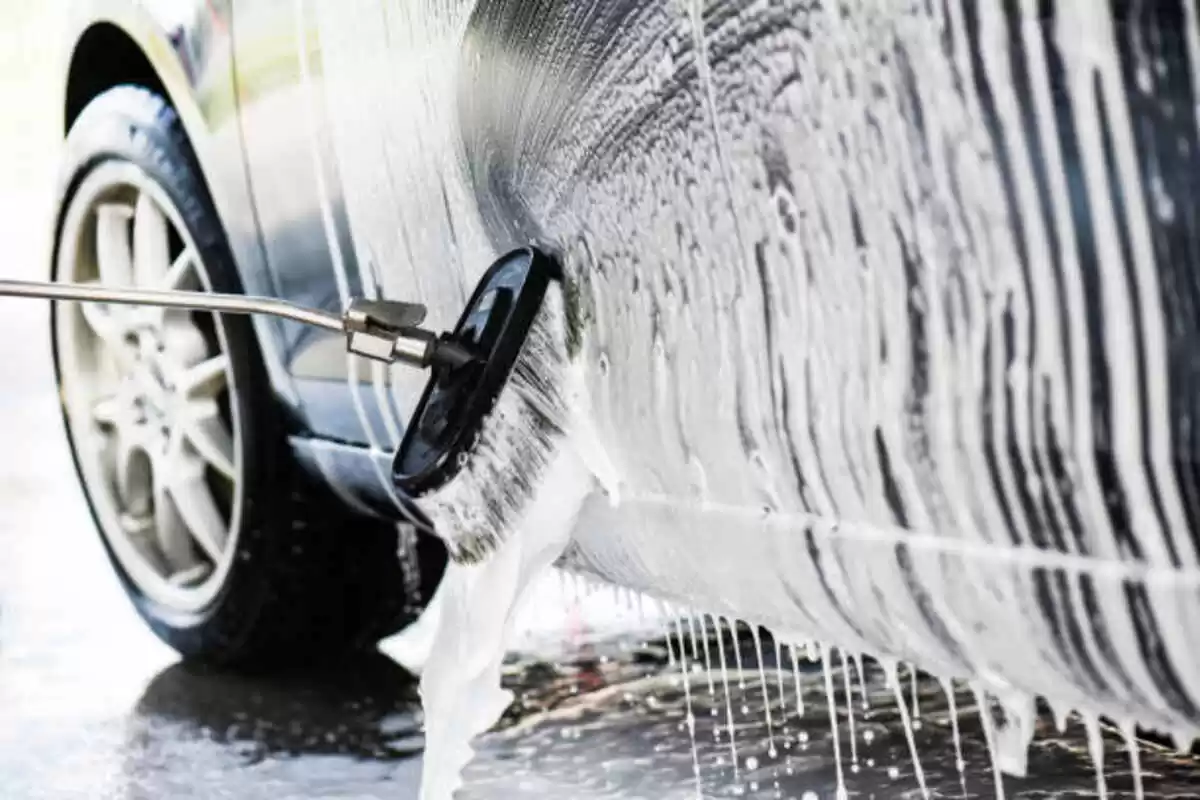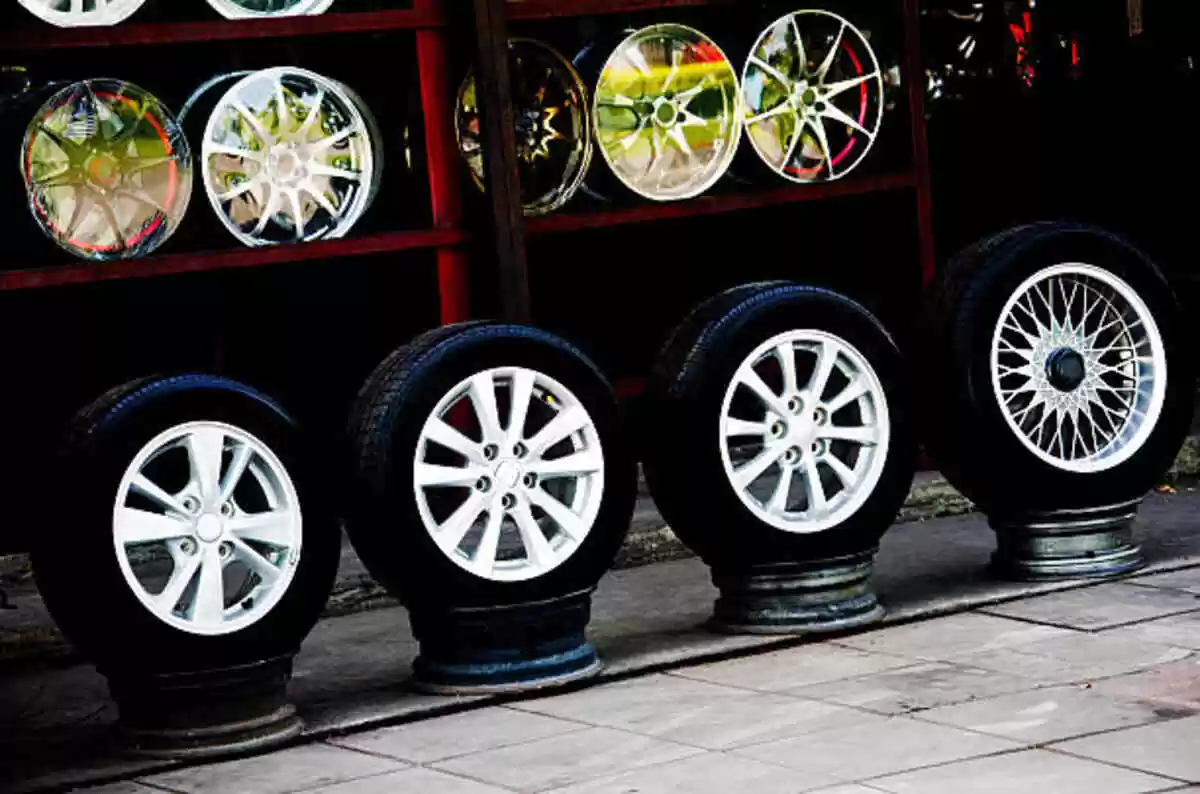While that aspect of the business has remained constant, the way the dealership group connects with customers is completely different from how it did when O’Brocta joined.
Back then, he said, “It was picking up the Yellow Pages and going to landscapers, writing down 15 to 20 landscapers in a certain area, and that’s who you’d go prospect on.
“Now it’s a lot different. You go online, and you kind of do the same thing, but we have a lot more interaction as customers come to us through the website.”
The group’s commercial website is separate from that of its passenger vehicle business and features inventory as well as a page to custom-order vehicles.
“The website is designed to focus on the back end of the vehicle, not the front end,” O’Brocta said. “Nobody goes to the website saying, ‘I’m looking for a Chevy.’ They go on looking for a dump truck or a cargo van or a cube van.”
The commercial vehicles are sold through the group’s two stores, but Basil is taking steps to build a “more unified” commercial and fleet department, O’Brocta said. He has devoted more time this year to acquiring inventory and building out the group’s websites and commercial advertising.
Commercial vehicle production — just like passenger vehicle output — has been hit hard by factory problems including the global microchip shortage, which has cut millions of vehicles from automakers’ production plans. Basil has fewer commercial vehicles than usual in stock, and the wait for new trucks can range from six months to a year, according to O’Brocta.
Commercial vehicle sales dipped to 880 in 2021, accounting for about 5 percent of the 17,000 total vehicles Basil dealerships sold.





